Species Photo Gallery for Arundanus proprius No Common Name 15 |
 | Photo by: Marilyn Westphal, Nora Murdock
Henderson Co.
Comment: Jumped onto beat sheet tossed on ground in a grassy trail in a river floodplain. |  | Photo by: Marilyn Westphal, Nora Murdock
Henderson Co.
Comment: Using a beat sheet; state record |
 | Photo by: Marilyn Westphal, Nora Murdock
Henderson Co.
Comment: Using a beat sheet; state record | 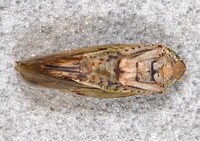 | Photo by: Marilyn Westphal, Nora Murdock
Henderson Co.
Comment: Using a beat sheet; state record |
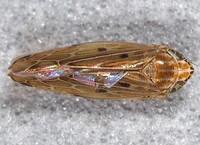 | Photo by: Marilyn Westphal, Nora Murdock
Henderson Co.
Comment: Using a beat sheet; state record | 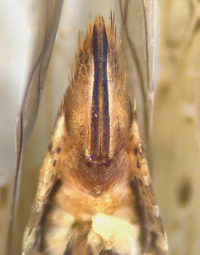 | Photo by: Marilyn Westphal, Nora Murdock
Henderson Co.
Comment: Using a beat sheet; state record |
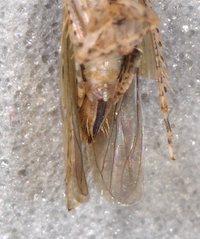 | Photo by: Marilyn Westphal, Nora Murdock
Henderson Co.
Comment: Using a beat sheet; state record |  | Photo by: Marilyn Westphal, Nora Murdock
Henderson Co.
Comment: Using a beat sheet; state record |
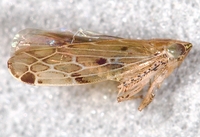 | Photo by: Marilyn Westphal, Nora Murdock
Henderson Co.
Comment: Using a beat sheet; state record |  | Photo by: Marilyn Westphal, Nora Murdock
Henderson Co.
Comment: Using a beat sheet |
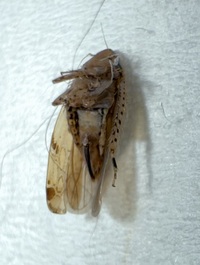 | Photo by: Marilyn Westphal, Nora Murdock
Henderson Co.
Comment: Using a beat sheet | 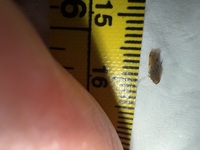 | Photo by: Marilyn Westphal, Nora Murdock
Henderson Co.
Comment: Using a beat sheet |
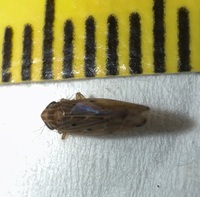 | Photo by: Marilyn Westphal, Nora Murdock
Henderson Co.
Comment: Using a beat sheet |  | Photo by: Marilyn Westphal, Nora Murdock
Henderson Co.
Comment: Using a beat sheet |
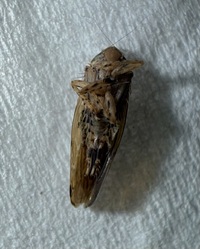 | Photo by: Marilyn Westphal, Nora Murdock
Henderson Co.
Comment: Using a beat sheet |

 »
»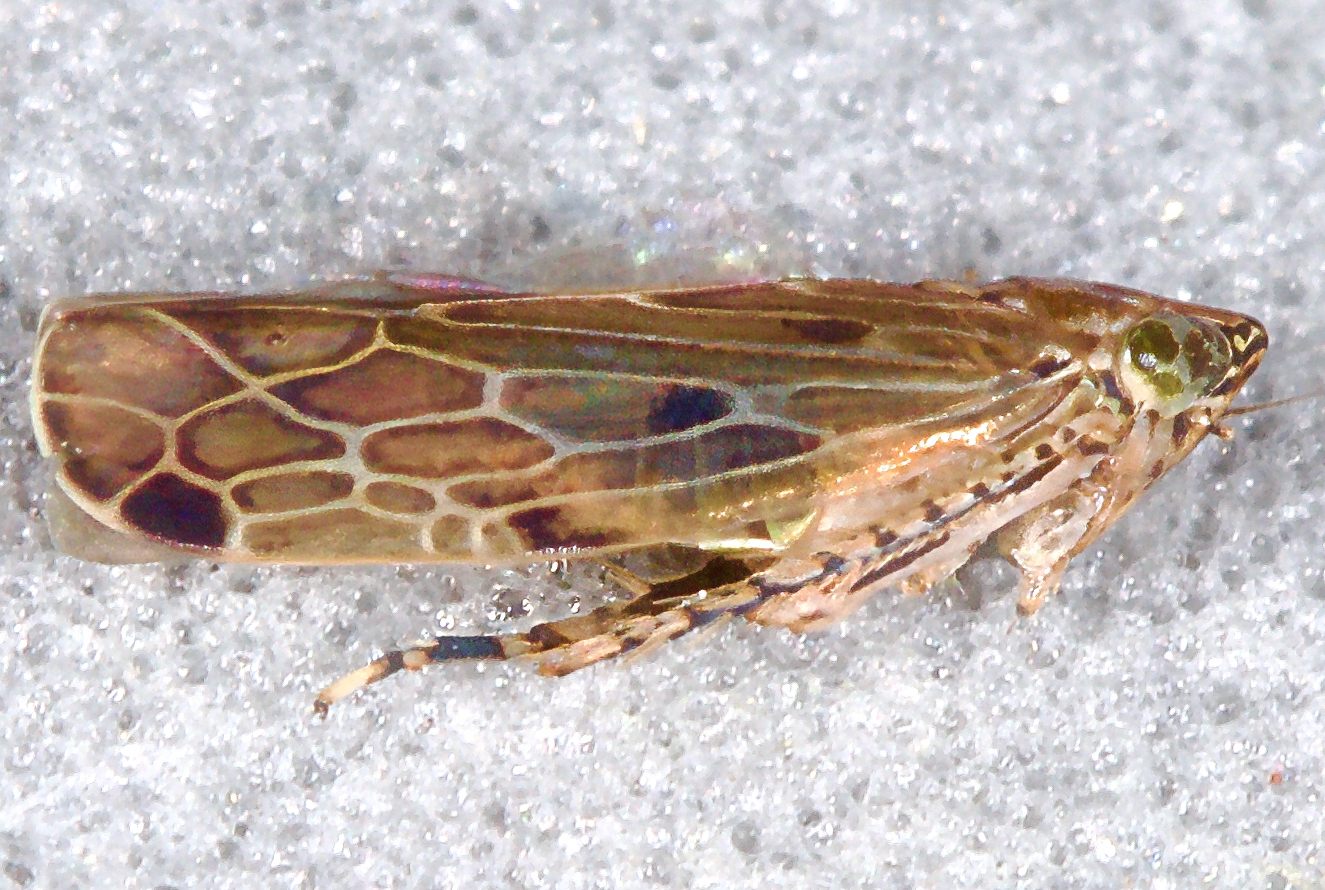
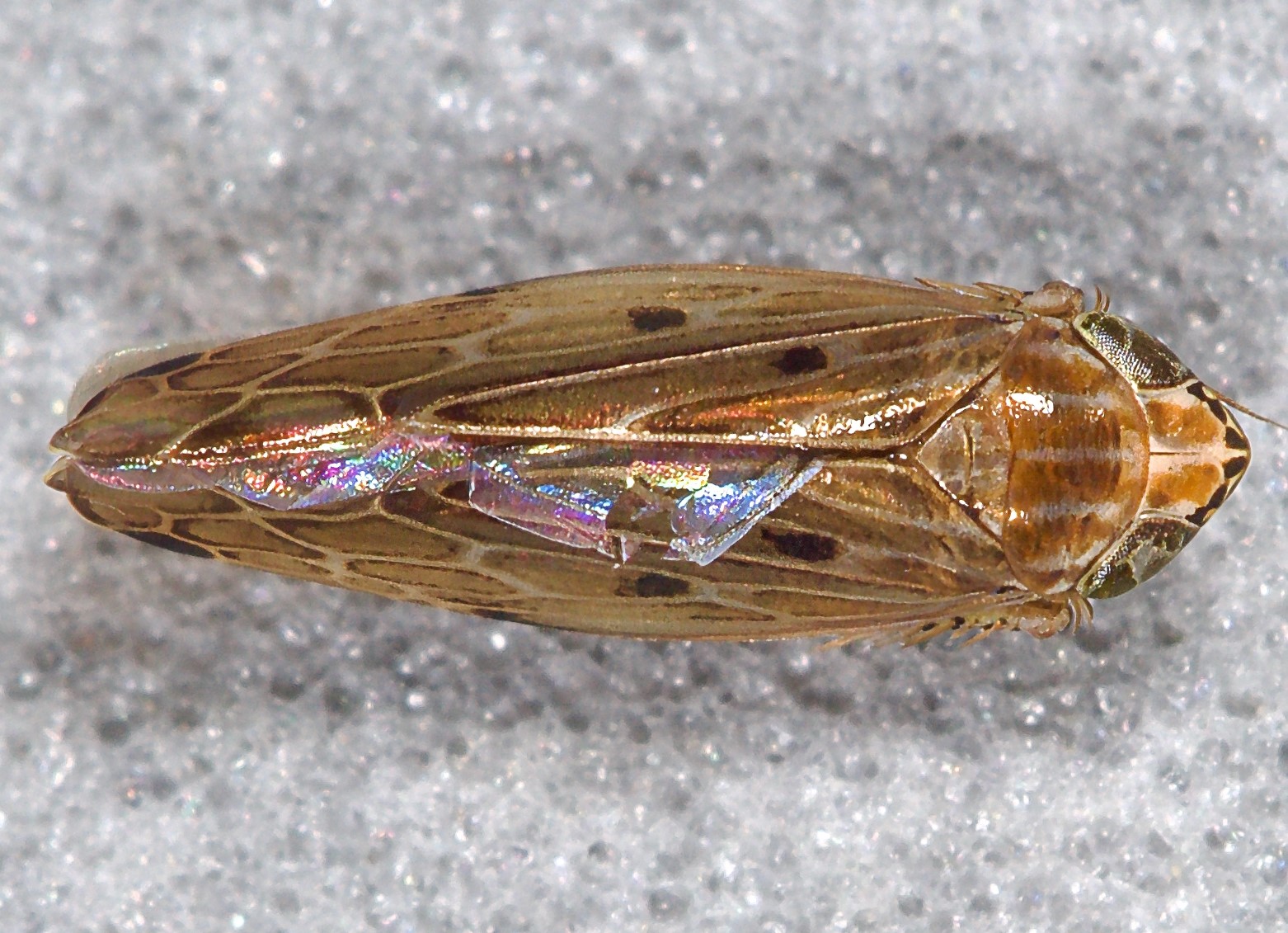
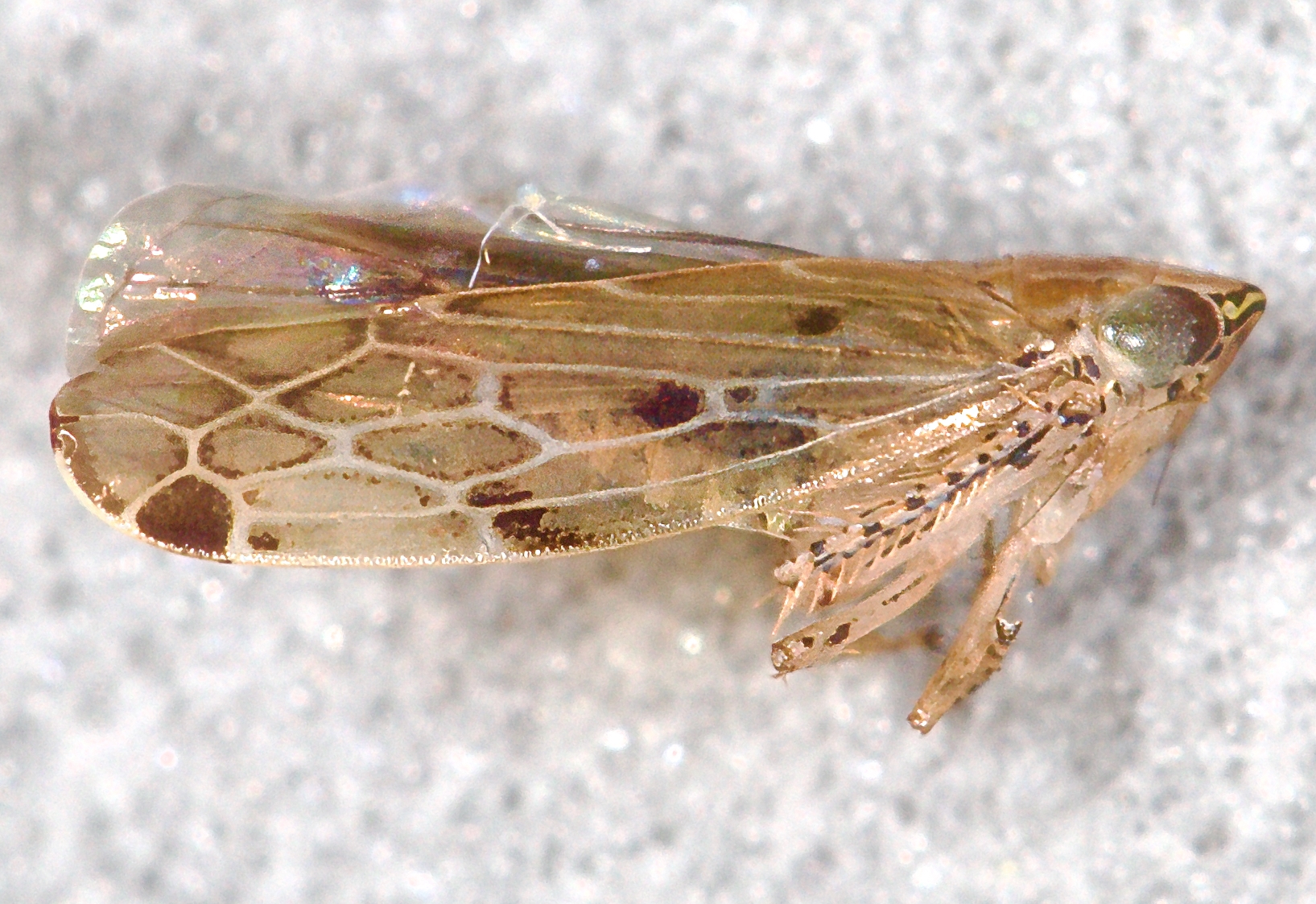
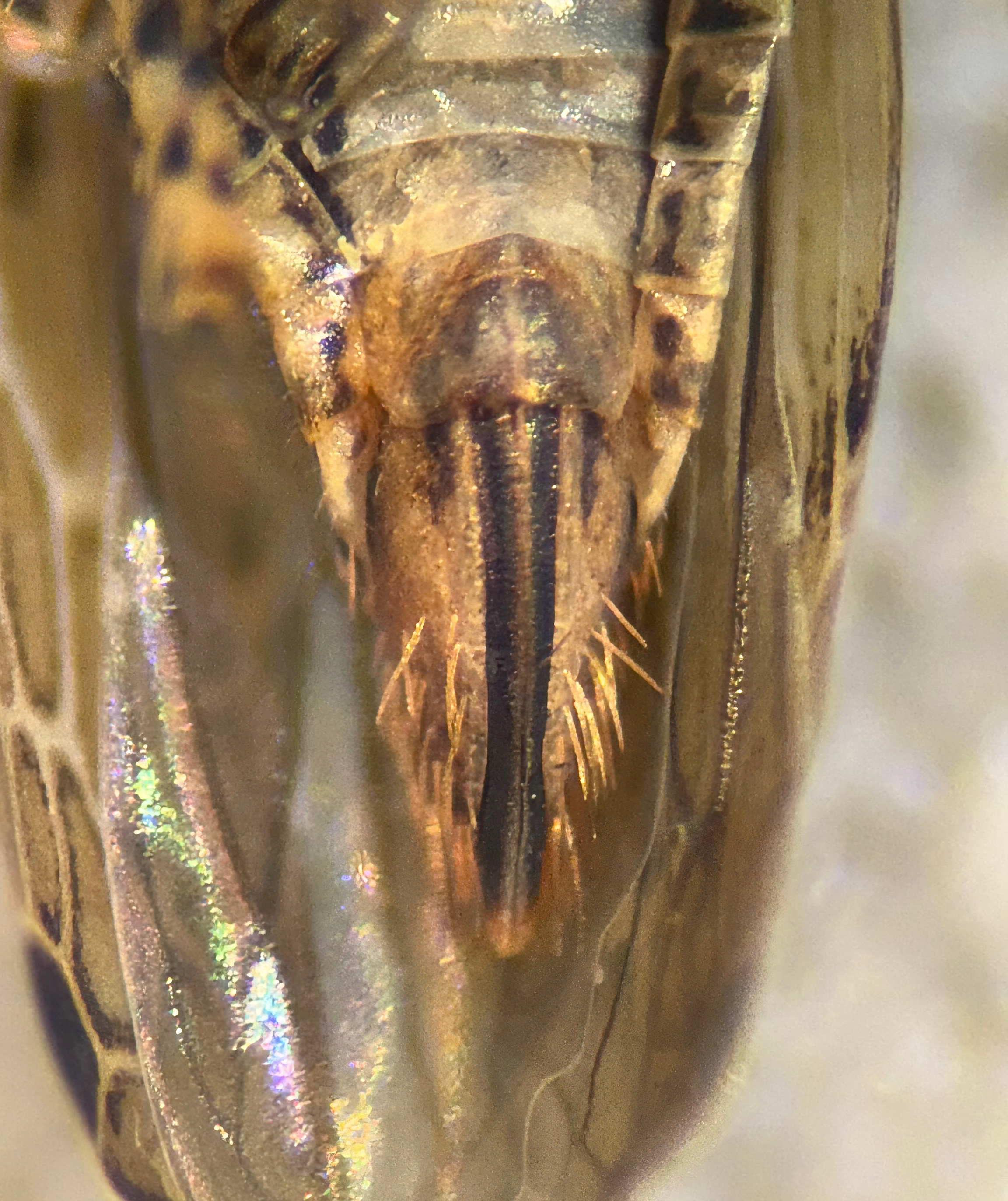

 »
»


